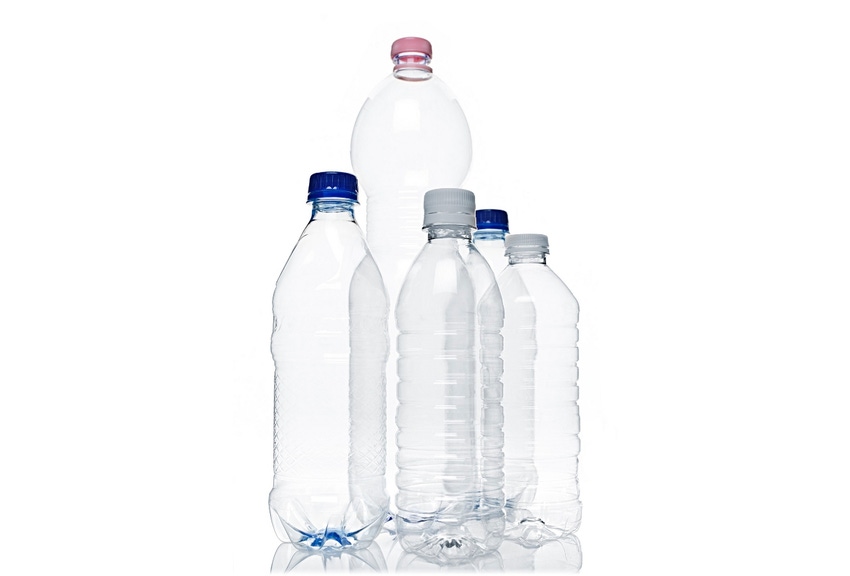How to economically increase the gas barrier properties of PET containers
February 7, 2015

Beverage companies may have a new option for extending the shelf life of their products with emerging technology.
The extension of polyethylene terephthalate (PET) beverage packaging, and in particular small size (500ml) monolayer containers for oxygen-sensitive beverages, is dependent on increasing the gas barrier characteristics of the PET container in a cost-effective manner.
The most direct ways to increase the gas barrier characteristics of a PET container are (a) to increase the wall thickness of the container so that gas transmission through the wall is slowed (the so-called “tortuous path” solution) or (b) to put a barrier coating on the container.
A barrier coating can be applied in one of three ways:
1. To the inside—if approved for food-contact;
2. To the outside of the finished bottle;
3. Or in a process which remains pre-commercial, to the preform itself before it is stretch-blown based on an assurance that the coating material will neither fracture nor delaminate during the stretch-blowing process. (The obvious advantage of preform rather than bottle coating is reduced full system capital cost in conjunction with a centralized preform installation. The critical performance attributes of the coating material have yet to be resolved on a commercial basis.)
A barrier coating can also provide two additional benefits: (1) It may help to resist creep in a container for carbonated products and (2) With certain sensitive products such as wine, an internal (SiOx) coating would assure a totally inert (glass) contact surface for the product with no risk of either scalping or leaching.
Both of these solutions, however, are relatively costly. And they aren’t “flexible,” meaning that all containers so manufactured incorporate the same level of enhanced gas barrier performance even when not required by the particular beverage being packaged.
A potentially more cost-effective (and flexible) solution currently being proposed is to increase the gas barrier properties of the PET resin itself by taking advantage of the chemically active nature of the oxygen molecule, and using a “scavenger” molecule pre-blended into the PET resin, to entrap (“oxidize”) the oxygen within the bottle wall before it reaches packaged product.
The development of such food-contact approved oxygen scavengers is the focus of many of the current efforts to produce monolayer oxygen-barrier bottles.
Initial efforts to incorporate oxygen scavengers directly into PET resin relied on nylon-based molecules. These did, in fact, perform as required but because these materials are generally not approved for food contact, they needed to be incorporated in internal layers in multilayer bottles.
More recent efforts to provide monolayer barrier-enhanced PET bottles include scavenger molecules based on polyesters which are, in fact, approved for food contact. This approach appears to be more successful.
There are, however, two significant issues with even the most effective “active” oxygen scavengers. The first is the problem of saturation. Once the scavenging molecules have oxidized as much oxygen as they can, additional oxygen ingress is no longer restricted (and there is no visible manner to determine when this saturation point is reached and a “barrier” bottle no longer stops oxygen transmission.)
The second is that empty bottles in inventory are absorbing oxygen from both sides of the bottle wall thus reaching saturation even more rapidly than a filled container. Thus the use of an active scavenger also implies (a) a relatively comprehensive ability to control empty bottle inventory and (b) a means to monitor filled bottle residence in an extended supply chain.
In conclusion, it appears that coating of finished bottles can be the superior approach to extending the shelf-life for oxygen sensitive product in PET unless and until the preform coating system now under development by Pepsi-Cola can be implemented commercially.
Plastics and packaging expert Gordon Bockner is president of Business Development Associates (BDA), a packaging consultancy based in Bethesda, MD. You can reach him at [email protected].
About the Author(s)
You May Also Like


